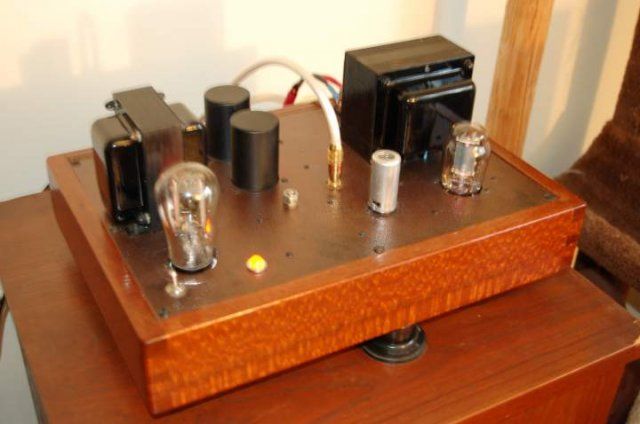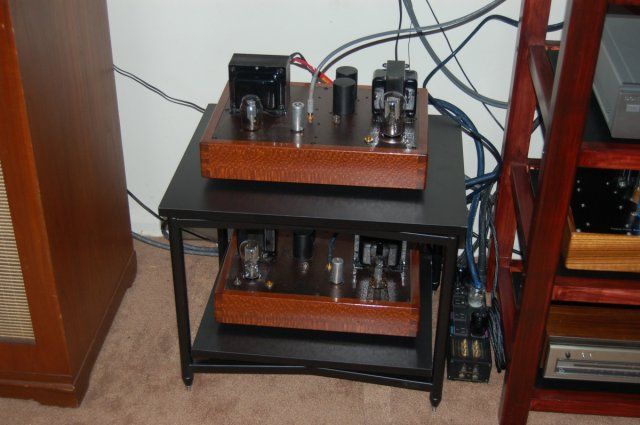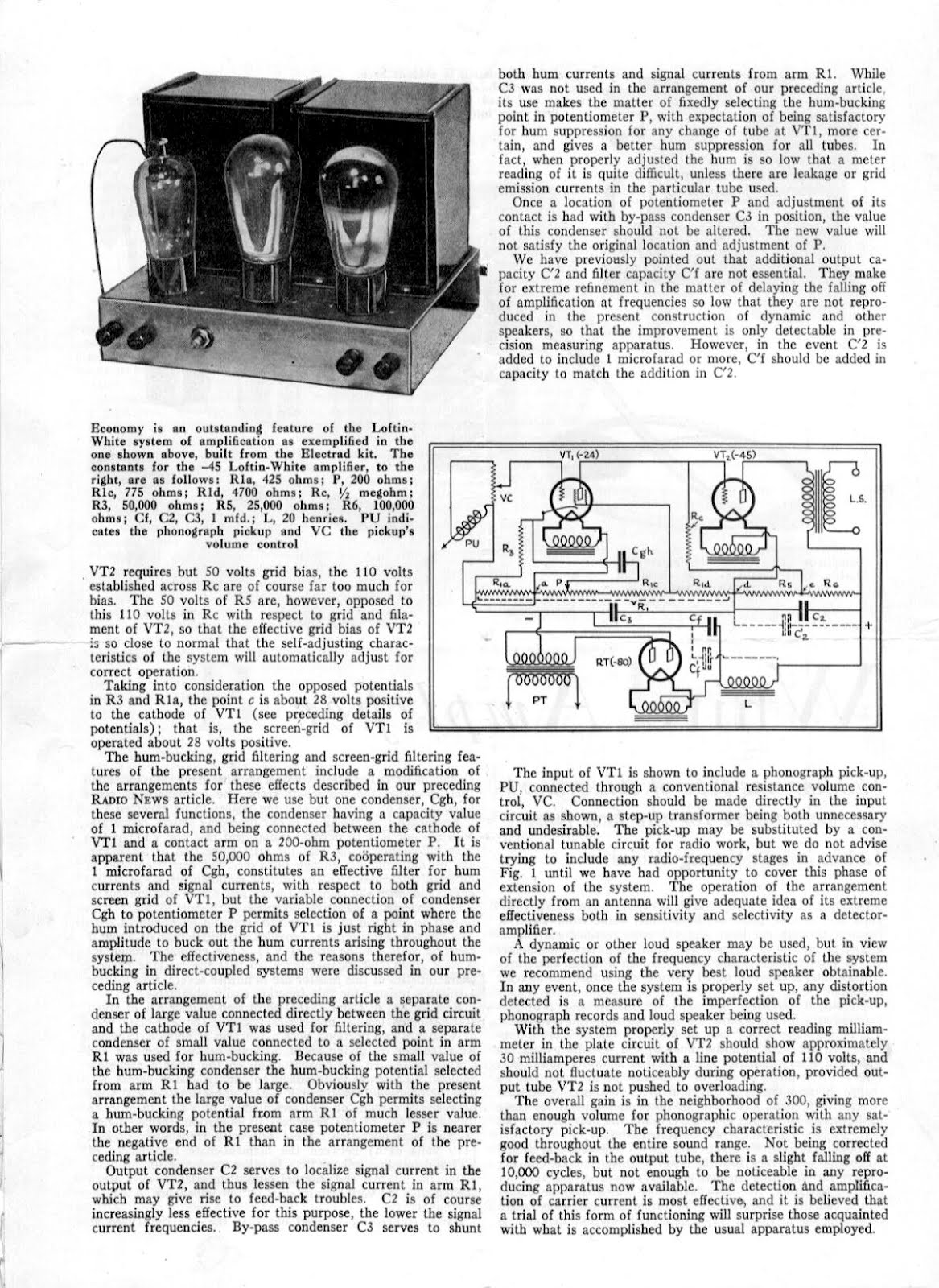Am finishing up plans to build two mono direct coupled 6SF5 - 2A3 amplifiers. Will have an LCLC power supply with a 5U4 rectifier on each monoblock, and AC on the output tube heaters.
All large capacitors to be polypropelyne film, no electrolytic capacitors.
Anyone here try a loftin white? Impresaions ? I am
Excited to give it a go. My existing amp is a 91A style with an EF37A capacitor coupled to the 2A3.
All large capacitors to be polypropelyne film, no electrolytic capacitors.
Anyone here try a loftin white? Impresaions ? I am
Excited to give it a go. My existing amp is a 91A style with an EF37A capacitor coupled to the 2A3.






